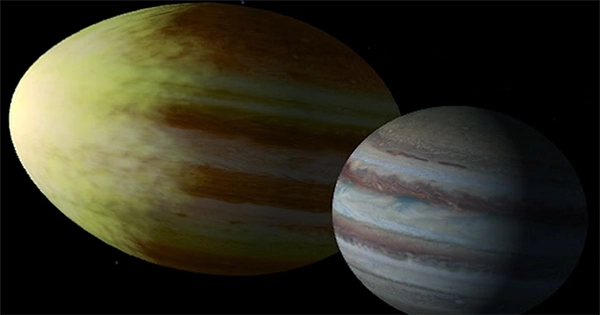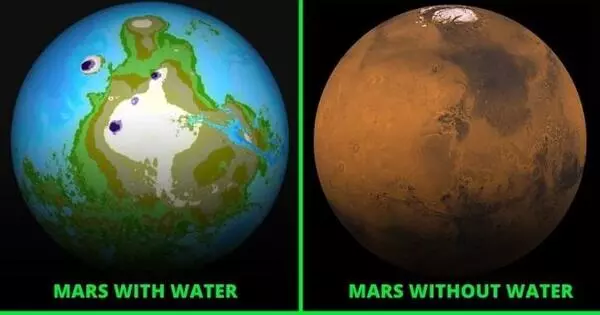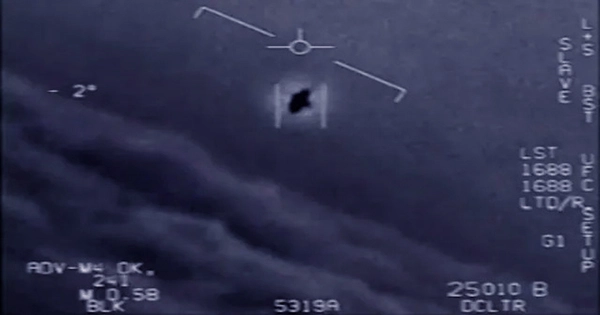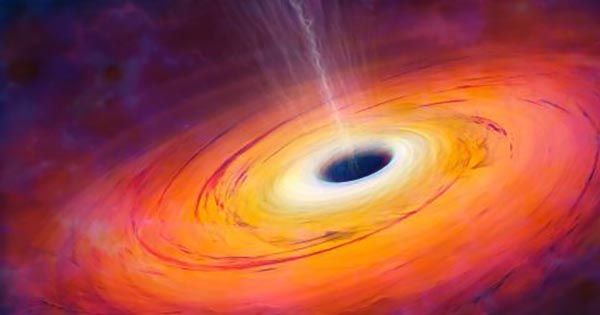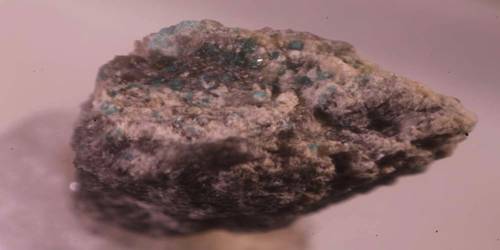Astronomers have discovered a new and unique mechanism for planets to form, which could explain why planets like Mars and Uranus form sandwiched between much larger neighbors. And “sandwich” is the name of the game: the team calls the process “sandwiched planet formation,” and it involves the development of smaller planets in the primordial protoplanetary disc between two larger planets.
Planets form from the dusty disc of material that surrounds a newborn star. Larger planets are thought to develop further away, however, this may not be the case. This team believes that as two big planets grow, a third may form in the center. The larger ones squeeze and restrict the flow of dust from the outside in, resulting in two thick ring areas on the outside and a thin filling on the inside, similar to cosmic slices of bread.
“In our study, we propose that the rings are sites of planet formation; specifically, that sandwiched planets are currently forming in those rings.” “This is very different from the conventional view of planet formation, where we typically expect planets to form sequentially from the inside to the outside of the disc and become more and more massive further out,” said Assistant Professor Dr. Farzana Meru of the University of Warwick’s Department of Physics in a statement.

“What’s also fascinating is that there are examples from exoplanet observations that show this sandwiched planet architecture – where the middle planet is less massive than its neighbors; it’s also a reasonable proportion of the systems.”
Observations of protoplanetary discs from observatories such as the Atacama Large Millimeter/submillimeter Array over the last decade have revealed some astonishing insights into these chaotic settings, including large “waterfalls” of material between rings and structures. And among all of that may be these sandwiched rings.
“The context in which we are thinking about [planetary formation mechanism] is the spectacular rings and gaps seen in previous works.” We’re thinking about whether these rings and gaps could be sites for future planet formation. Dr. Meru revealed this while presenting her work at the 2023 National Astronomy Meeting.
The researchers investigated 17 genuine star systems with high enough precision on the masses and radii of the planets to test this scenario. Six of them appeared to suit the concept of a sandwiched planet formation, while it is too soon to say whether this was the case for Mars.
